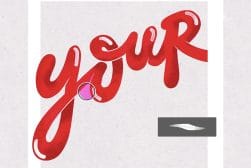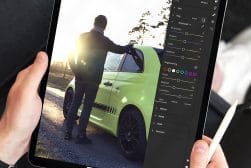
Digital Art vs Traditional Art: Which One Is Right for You?
Explore the unique qualities of digital and traditional art to decide which medium aligns with your creative vision and artistic goals.
Learn | By India Mantle
In this guide, we’ll explore digital art vs. traditional art and show you the pros and cons of each so you can decide which is right for you.
Look, we understand the confusion. Both mediums have their advantages, so it’s hard to pick one over the other!
You won’t be at a loss for long, though, as today you’ll learn what you need to make a decision.
Has Digital Art Taken Over the Community?
No one can deny that digital art is hot right now. Most artists start with a pencil and paper but switch to drawing tablets as they progress in their art journey.
You’ll find that even most hardcore traditional artists know how to use digital art software. Does this mean traditional art is dying?
Not necessarily. You’ll still find numerous professionals claiming traditional art is the superior medium.
So, which one should you choose?
Digital vs. Traditional: Which One Is Better?
There isn’t a definitive answer to that question, as several variables factor into the equation.
It depends on your taste, budget, future goals, etc. So let’s make a comprehensive comparison to see which one is more suitable for you.
1. Accessibility
We’re not talking about getting your hands on fancy art supplies or digital tools here. We mean accessibility of the most basic supplies.
Not everyone has access to digital technology. Some homes don’t even have a computer.
Most people can afford cheap pencils and paper, though.
You also don’t need any prior knowledge to draw with a pencil or cheap watercolors. However, you can’t illustrate digitally without knowing how computers and drawing software work.
Sure, most kids these days know their way around technology, but traditional mediums are still more accessible to everyone.
2. Visual Appeal
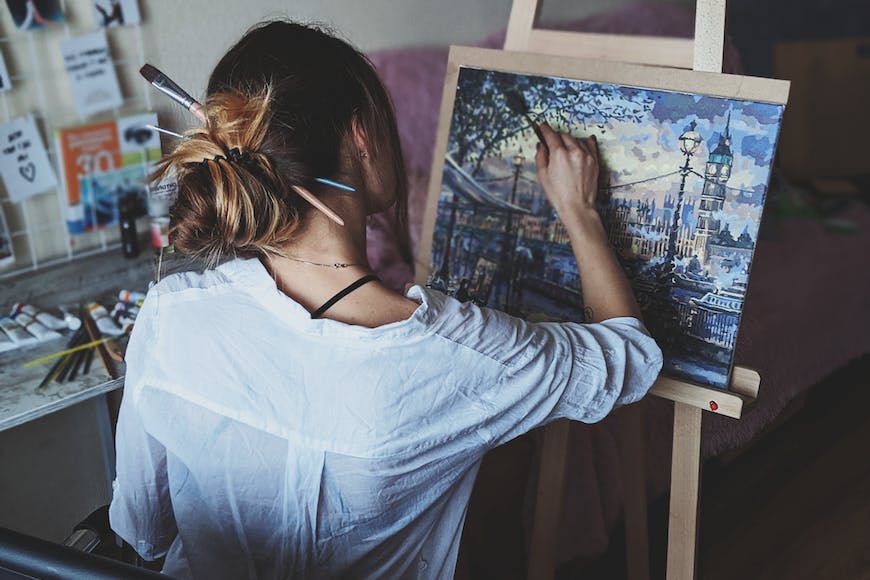
Credit: Valeria Miller
Traditional and digital artworks have completely different aesthetics. If you have a good eye, you can look at an illustration and immediately tell if it’s digital or traditional.
This criterion is a bit subjective. We all have different tastes, so we can’t say that one is objectively more appealing than the other.
The emphasis here, however, is on the word “a bit.” You see, the consensus in the art community seems to lean towards the superiority of traditional art.
Most artists love the organic look of traditional pencil and brush strokes. In fact, they often aim to replicate these strokes with their digital brushes.
One of the many ways you can identify a professional artist is when you can’t tell if their pieces are digital or traditional.
3. Budget
You can’t delve deep into art if you don’t have the money for it – so which one is more affordable?
To get into digital art, you need a good tablet, which costs US$45-350. You can’t use that tablet without a computer.
How Much Do You REALLY Know About Photography?! 🤔
Test your photography knowledge with this quick quiz!
See how much you really know about photography...

Here’s the problem: Drawing and animation software take a lot out of your computer/laptop.
So, you need a powerful machine with enough RAM and processor power to handle the pressure. That goes for around $600-700.
A decent monitor would also cost at least $60-70. Sounds too much, right?
You probably think traditional art is more affordable, which isn’t the case.
It’s true that investing in digital tools is quite expensive, but they’re long-term investments. Once you pay for a tablet and a computer, you’ll have them for years before needing an upgrade.
Traditional tools, on the other hand, won’t last as long. You’ll have to constantly buy a new set of watercolors, gouache paints, or brushes, which can be more costly in the long run.
4. Portability
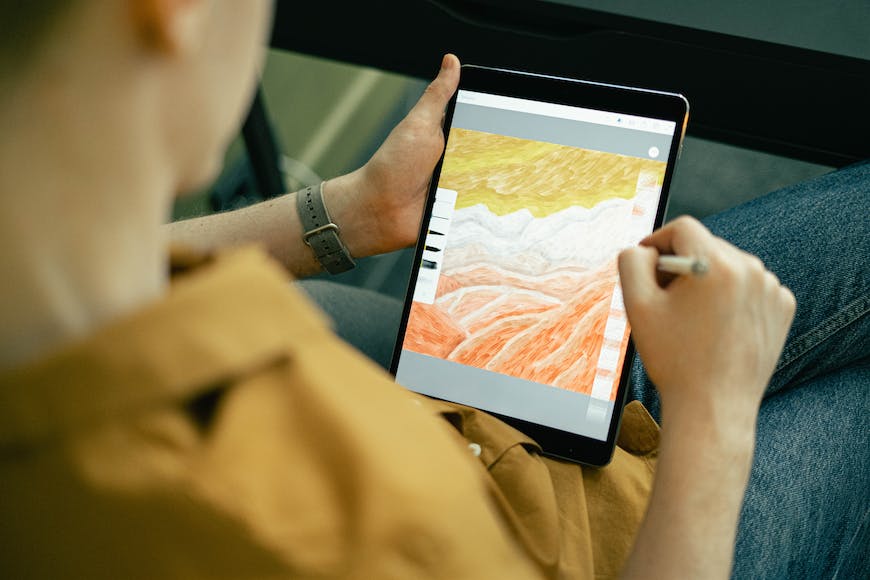
Credit: Ivan Samkov
Portability is a tricky criterion to cover because it depends on the tools you use. Overall, traditional art supplies aren’t hard to carry around.
Just grab your sketchbook, pencils, colors, and go. If you use watercolors, you might want to grab a water bottle to rehydrate the paint.
The best part is that sketchbooks come in different sizes and shapes. You can even find one that’s the size of your palm.
They might be a hassle to set up, but you shouldn’t face any trouble if you’re economical with your supply choices.
Carrying a drawing tablet and a laptop, on the other hand, isn’t as convenient.
Not only are they heavier than a sketchbook and a few colors, but they’re also more of a hassle to set up. You need a place with accessible power outlets, and you’ll have several wires dangling around.
That doesn’t seem like an optimal working station, does it?
If, however, you’re using an iPad, you don’t have to worry about portability. You’ll have the power of all the art supplies in the palm of your hand.
5. Shareability
When we’re talking about shareability, we don’t just mean the ability to share your work with your audience. You can do that with both mediums.
The question is: Which one allows you to share the most high-quality images of your art? There’s no point in adding small details to your work if your audience can’t see them.
That’s when we see the drawbacks of traditional art. Yes, you can take a picture of your drawing and share it on social media, but its quality depends on your phone’s camera.
If it’s not good, your viewers won’t see all the details you added to it. Your camera might even change the colors of your drawing.
With digital illustrations, on the other hand, all you have to do is save your artwork on your computer/tablet. You can then share it on social media in high resolution with accurate colors.
6. Forgiveness
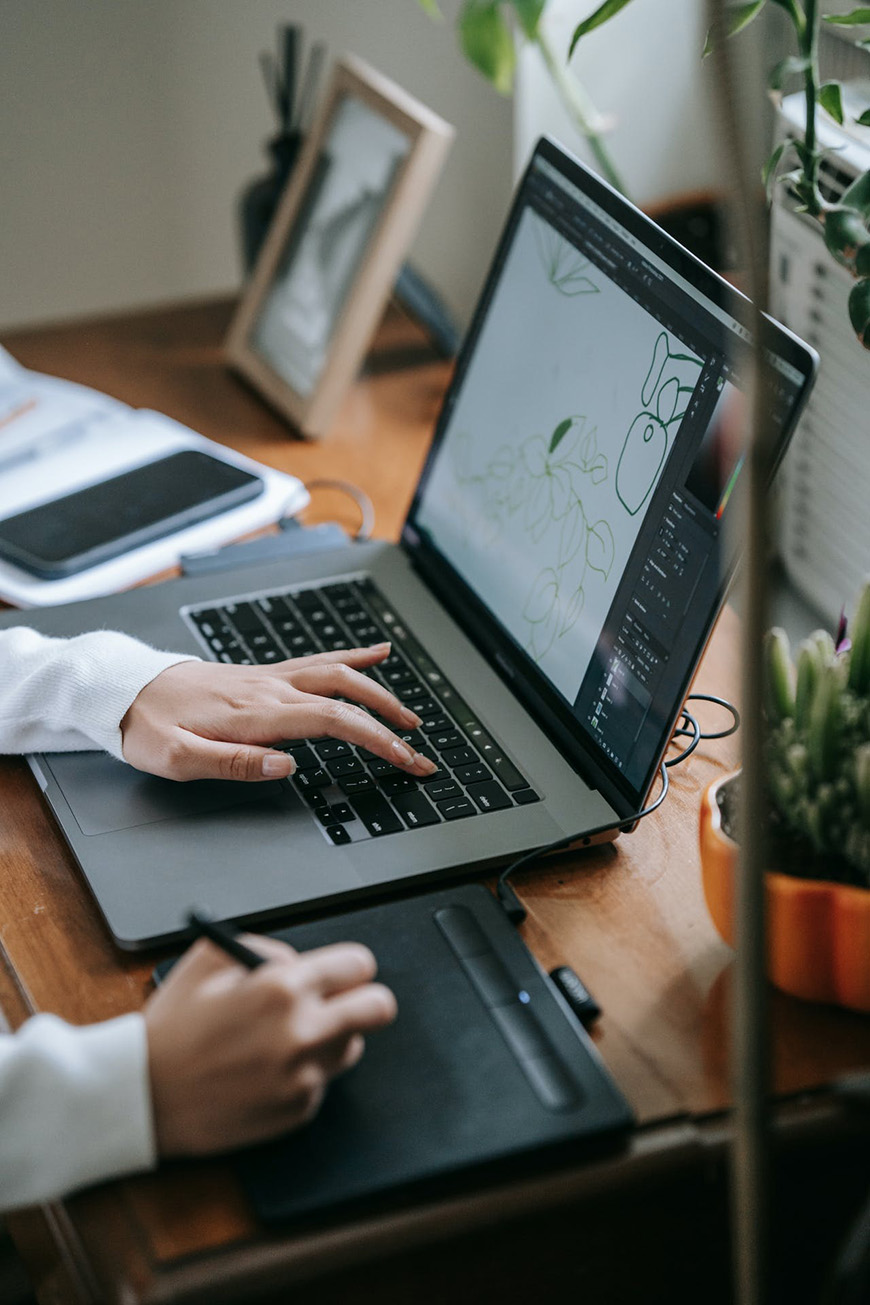
Unlike the previous criterion, this one has a clear winner. Have you ever made a mistake while drawing traditionally and wanted to go back in time to undo it?
We’ve all been there. By the time you finish your illustration, you realize you made the head too big or too small.
Now you have to erase and do it all over again. The worst part? Traditional erasers aren’t even that good
They always leave a faint trace of the old sketch, which makes your drawing look messy. And don’t get us started on inking.
It’s by far the most stressful part of the drawing process. You can work around the mistakes during the penciling or coloring phase, even if you can’t fully erase them.
The moment you put your ink on the paper, though, it’s there to stay. It takes experience and skills to know how to fix inking mistakes.
With digital art, you can make that time jump you’ve always wanted.
You don’t actually go back in time, but you can always press Ctrl+Z and undo the mistake. The convenience of digital art goes beyond a simple undo, too.
Whether it’s cropping, recoloring, or using the lasso tool, you can easily make big changes to your illustration at any point.
7. Productivity
This one leans on the previous criterion. Since we’ve already established that digital art is more forgiving, it’s not hard to deduce it helps you create an optimal workflow.
If you’re new to digital art, you might think that’s an exaggeration: “It might save me some time, but how efficient can it be?”
Yes, the lasso tool and color adjustment slides are convenient, yet there’s more to digital art than that. Have you ever heard of custom brushes, for instance?
These are brushes that take the shape of any object you want. You can use them to save time instead of drawing that object from the start.
Don’t know how to draw clouds? You can download a few cloud brushes and make one with the click of a stylus.
Too lazy to draw the background? The building and tree brushes have got you covered.
8. Dependability
Making art is exhausting, be it traditional or digital. Digital artists tend to be more at ease, though, since their medium is more flexible.
Here’s the problem: These artists can become overly dependent on digital tools, becoming a bit lazy over time.
As an artist, you need to have precise control over your pencil to draw accurately. If you know you can fix any mistake you make, however, you may not pay as much attention to your strokes.
Some might think, “I don’t need to focus too much on the proportions of my characters because I can readjust everything later.” Traditional artists don’t have that luxury, though.
Of course, not all digital artists think like that. We’re just saying it’s an easy trap to fall for.
9. Legacy
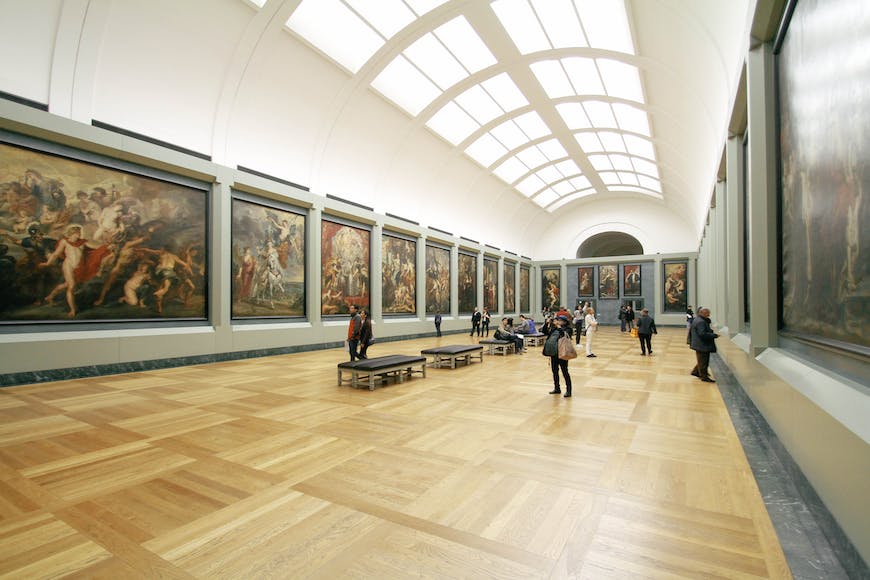
Credit: Riccardo
Both mediums have built unique legacies in the art community.
It’s through digital art that we got anime and Western cartoons, some of the most influential factors in our childhoods. That still doesn’t come close to the influence of traditional art, though.
It’s only natural, given it’s been around centuries before digital art. Michelangelo and Leonardo Da Vinci, two of the most famous artists in the world, of course worked exclusively with traditional mediums.
Some of the most influential comics today are hand-drawn. If you research Dragon Ball Z or One Piece, you’ll see that Akira Toriyama and Eiichiro Oda prefer to draw traditionally.
As we’ve already established, even digital artists aim to achieve a traditional look with their brushes. That just shows you how respected and coveted traditional mediums are.
10. Value
You probably know the more unique and rare the commodity is, the pricier it becomes. What does this have to do with art?
Well, traditional artwork is hard to replicate. You can’t mass-produce a traditional piece.
You have to go back and draw it from scratch. Sure, you can scan it and make prints, but they won’t be as authentic as the original piece.
If you’re paying for an original traditional artwork, you’re acquiring a one-of-a-kind piece. Even if the artist decides to draw it again, it won’t be the same.
Besides, we already covered how pressuring and pricey making traditional art can be. So it’s no wonder it’s the more expensive option.
Of course, that’s not always the case. If you’re buying a digital piece from a famous artist, it might cost more than any traditional piece you’ve ever bought.
However, if that artist recreates the same piece traditionally, they’d probably charge more for it.
11. Public View
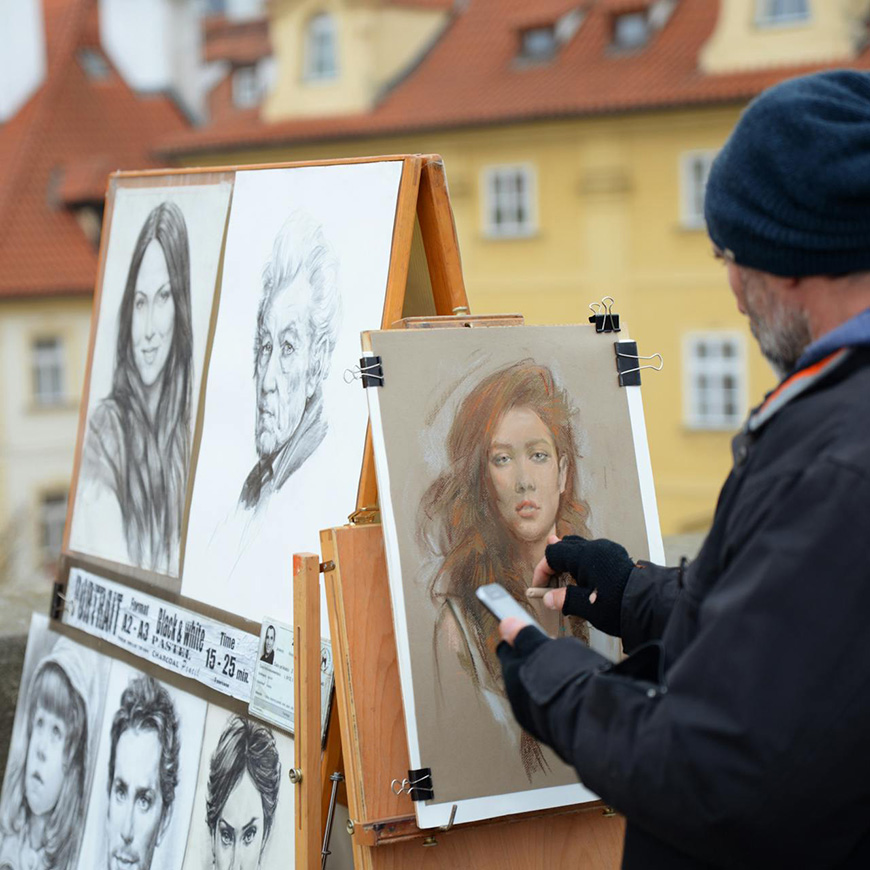
Credit: Two Dreamers
Despite everything digital art has introduced to the world, not everyone perceives it so fondly.
As artists, we understand that the weapon doesn’t make the warrior. Even if you’re using digital tools, you still need knowledge and skills to make good art.
Unfortunately, many non-artists claim digital art is lazy, thinking the machine is doing all the work. So, if you go digital, expect to meet one of those people now and then.
12. Industry Standards
This one is for those who want to take art seriously and make a living out of it.
If you want to become a professional concept artist, animator, or character designer, you need to know your way around digital art software.
That’s especially true for Adobe Photoshop, as it’s the industry standard.
Why? First, that’s where the industry is at right now. Second, these studios always work on tight deadlines.
They don’t have the time to scan traditional pieces and combine them with digital ones. It’s not optimal.
If you work independently, though, you can use whatever software you want. You can even work traditionally if you like.
13. Modern Advances
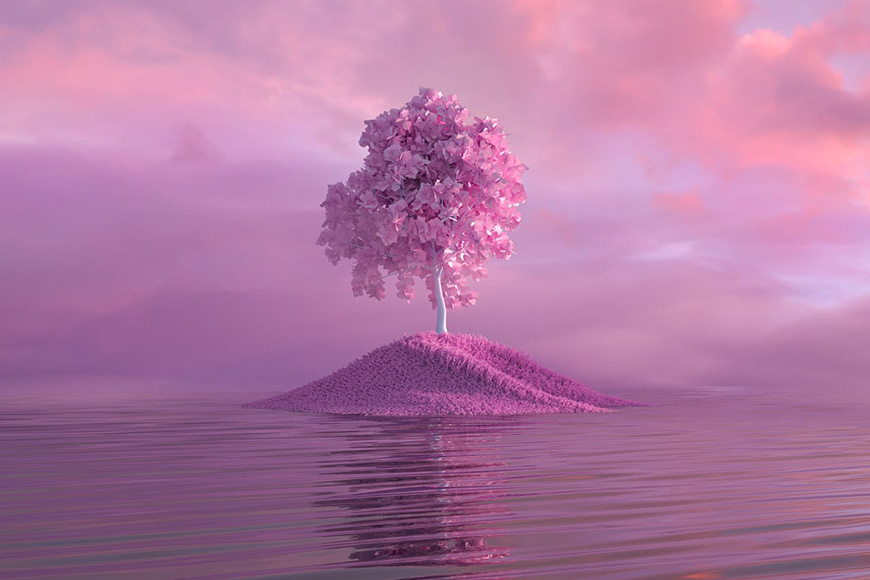
Credit: Mo Eid
Look, manufacturers can offer smoother colored pencils, delicate brushes, and pigmented brushes. No matter how premium they get, though, modern traditional supplies can only take you so far.
It’s up to you to do all the work and it’s different with digital tools.
You probably know what we mean: AI art. This has been a controversial issue in the art community for a while now.
Whether it’s Midjourney, DALL-E, Firefly, or Jasper Art, these tools have given non-artists the chance to explore their creativity. All they have to do is phrase their prompt carefully, maybe even provide a rough sketch, and let AI do its magic.
We can’t deny these tools have shown promising results. So, if you’re not an artist but are captivated by the idea of making good art, AI might be your savior.
However, we also can’t ignore the moral and legal implications of AI art. After all, they’re trained by feeding on real artists’ work, and most AI trainers don’t get artists’ consent to do that.
You probably also know that art studios use AI now to avoid paying real artists.
So, no one can say that AI art is inherently good or bad. Ultimately, it comes down to how you use it.

Check out these 8 essential tools to help you succeed as a professional photographer.
Includes limited-time discounts.
As the Content Manager of Shotkit, India Mantle brings with her a lifelong love for photography that she developed during her childhood, watching her father document their family moments with his Nikon EM. In her free time, you find her enjoying the awe-inspiring natural beauty of her home, Northern Rivers, Australia.





